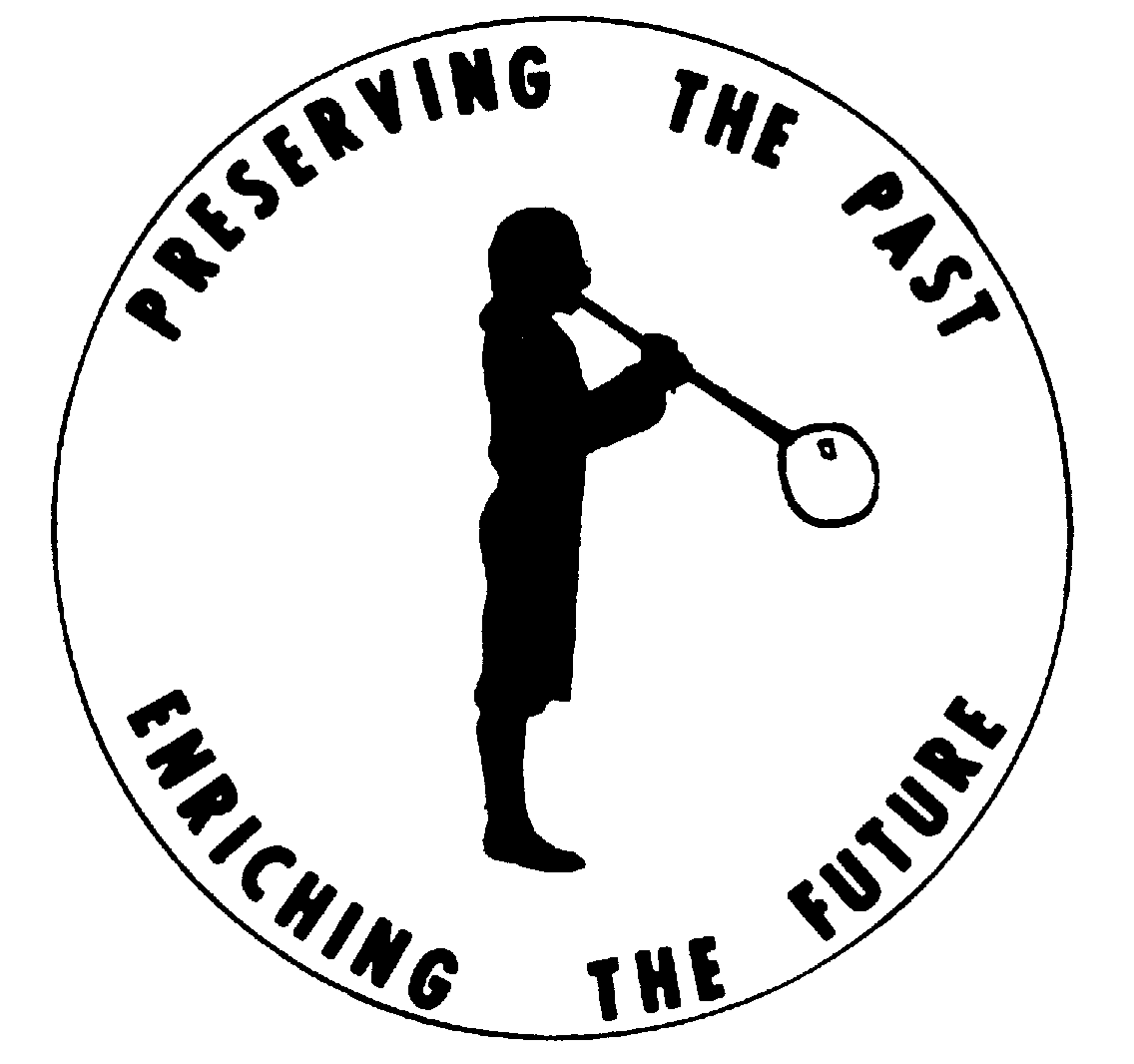
Historical Highlights
The Totem Pole at Totem Lodge, Burden Lake

 |
Historical HighlightsThe Totem Pole at Totem Lodge, Burden Lake |
 |
When an email request for information for places on Burden Lake came and included a website on the restoration of the Totem Pole from Totem Lodge, I was so pleased. Several times the question has come up…What happened to the Totem Pole at Totem Lodge? Where did it go? Now these questions have been answered.
Maryanne Schultz, PhD, Director, Visual Resources Center, School of Architecture and Planning at the University at Buffalo, who did the photographs of the Totem Pole’s restoration, replied to my email. “I'm happy you enjoyed the information and photos of the Totem Pole you found on the museum's website. It is perfectly fine for you to incorporate anything from the website into the Historical Highlights newsletter.”
How much we appreciate being able to share with you the “rest of the story”!
Many persons came to the Troy & New England Railway trolley station in the Town of Sand Lake to be taxied to Totem Lodge. Totem Lodge got its name from the Totem Pole.
The following text comes from web site of the Marian E. White Anthropology Research Museum at the University at Buffalo and is used here with permission.
From 1904 – 1958, the Totem Pole stood at Burden Lake near Albany, New York. Originally the Totem Pole was a gift to Matt Larkin, “the father of the jukebox,” to be erected on his lush Burden Lake estate. Upon its arrival from the Northwest coast to Albany, a wood-carving friend of Larkin altered the Pole to incorporate the likeness of several of his friends and added a skeleton with top hat and trumpet at top. Once the estate was enlarged to 65 cottages, dining room and theatre (seating nearly one thousand guests), by the Katz family, it became well-known as the Totem Lodge County Club. At this time, it was said that some of the greatest Broadway stars performed at the Lodge on the weekends. After falling upon bad times, the Totem Lodge was sold to David Schoenholt, who opened it as a boys’ camp and later, a ‘one-day’ country club. In 1958, a violent storm caused the Totem Pole to fall. It remained at the Lodge until the Schoenholt family donated the Totem Pole to the Museum* in 1978.
There is some disagreement about who originally manufactured the Totem Pole. Dr. Margulis, who worked most closely with the Totem Pole research and conservation, believes that it may have been carved by the Haida Indians on the Charlotte Islands off Alaska before it was transported to Albany, New York in 1904. Others have suggested the Totem Pole was not carved by a Native American, but mimics native design elements. Regardless, this Totem Pole is a striking example of early 20th century North American material cultural history.
Dr. Frank J. Dinan, Professor of Chemistry at Canisius College, Buffalo, New York, developed a special combination of urethane monomers to infill the Totem Pole. The reaction of the urethanes formed a special foam to fill decay and deterioration from weather and insect damage. The polymer provided strength and rigidity to allow structural support in its rebuilding.
The Totem Pole originally arrived to the Museum* in segments. Five of the six segments were conserved and refitted as two columns in 1987. The efforts of Dr. Jonah D. Margulis, former Buffalo Public Schools psychologist and administrator, and Mr. Sumner Nunley, former Buffalo Public Schools chemistry teacher and acting head of science for the schools before his retirement, were instrumental in the Totem Pole’s restoration. Most of the work and materials on the Totem Pole were provided by a volunteer team.
*"Museum" here refers to the Marian E. White (Anthropology) Research Museum at the University at Buffalo North Campus.
Now the Totem Pole at the Anthropology Research Museum at the University at Buffalo is all that is left of Totem Lodge.The last buildings were razed in 1985. There is, however, the legacy of Totem Lodge grounds remaining for persons playing golf at the Burden Lake Country Club.
Now enjoy some close-up views of the Totem Pole, beginning at its base. Most photos are from the Museum. Where you see an underlined carat (^), you can click on the image to enlarge it somewhat.
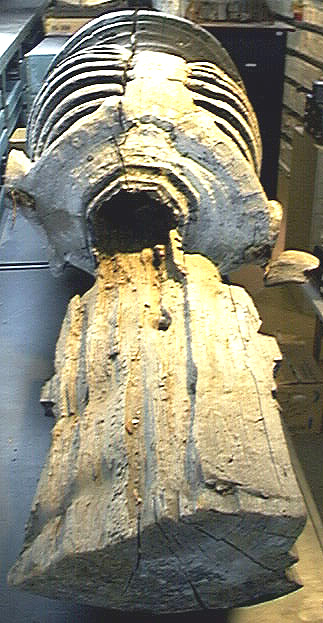 ^ ^ |
The “skeleton” at the top of the totem pole. Currently, the top is not part of the reassembled totem pole, as it was the most damaged. The views here are of the skeleton in storage; horn and arms are missing. |
 |
|
Above the bird are these figures. |
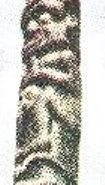 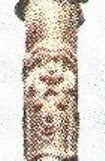 |
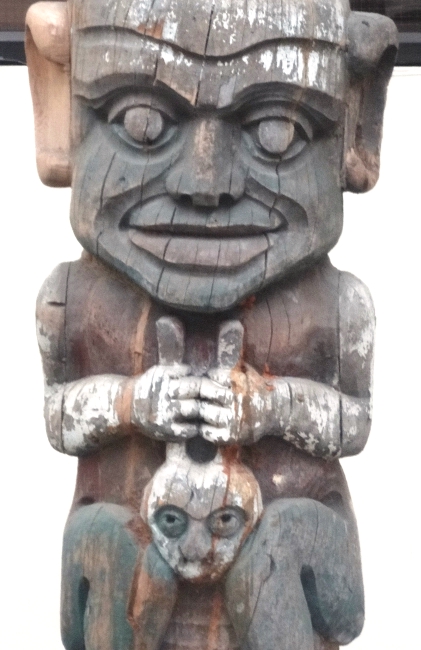 ^ ^ |
|
 |
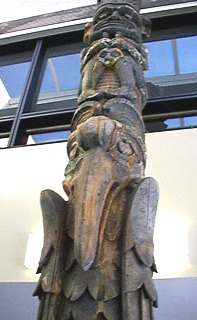 ^ ^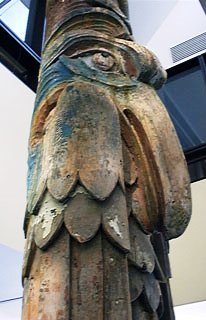 ^ ^ |
Coming down the Totem Pole, this bird is seen next. Shown far left is how it appeared originally. Next is the front view of face and wings and on the right is a close-up of the side of the head and beak. |
|
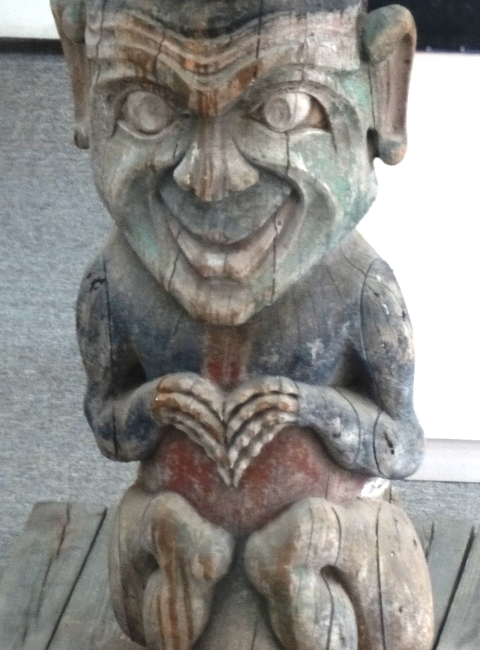 ^ ^ |
|||
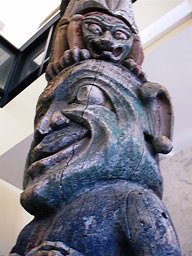 ^ ^ |
|||
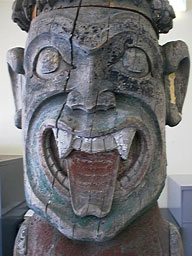 |
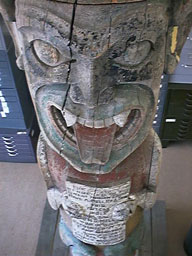 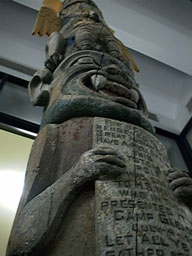 |
The torso and head of the base of the Totem Pole is seen in three current views. |
|
— The above was written by Mary French.© 2012, from Historical Highlights, Volume 38, Number 2, Winter 2012
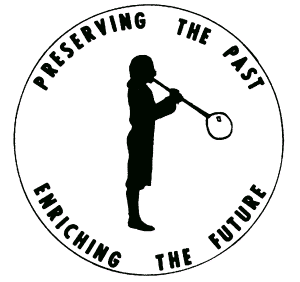 4/29/17; last revised
May 15, 2017
-- asm © 2002-2024 Sand Lake Historical Society; all rights reserved.
4/29/17; last revised
May 15, 2017
-- asm © 2002-2024 Sand Lake Historical Society; all rights reserved.